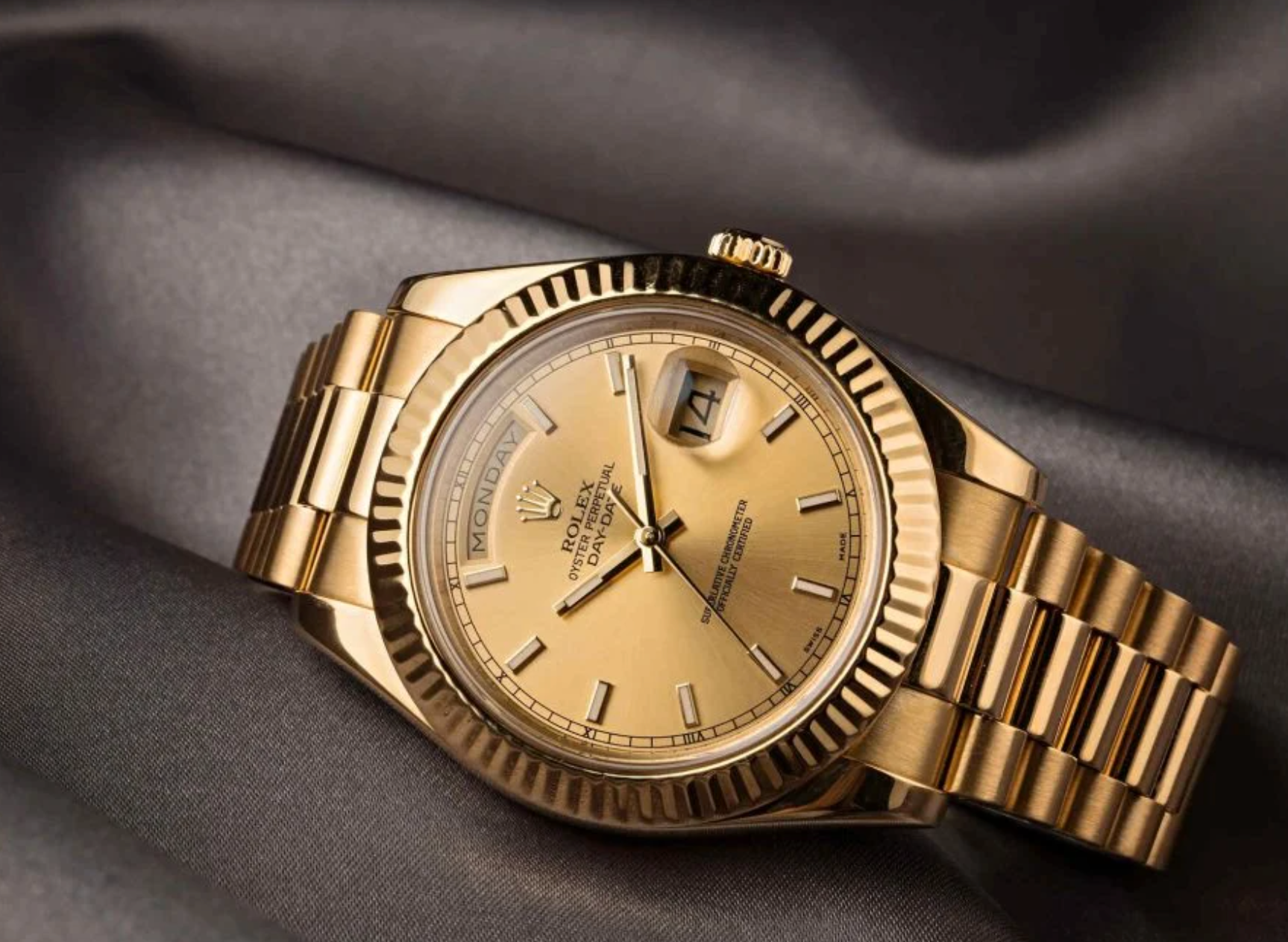Rolex Adjusts Prices Amid Rising Gold Costs, Reflecting Industry Challenges
Rolex has announced price increases of up to 8% on select models, a move that underscores the pressures luxury watchmakers face as rising precious metal costs impact production margins. This adjustment follows a similar increase of approximately 4% last year, highlighting a growing trend within the high-end timepiece industry.
The most significant changes have been applied to Rolex’s gold models, with notable price jumps reported. For example, the yellow gold GMT-Master II has risen to €44,600 from €41,300, and the yellow-gold Day-Date featuring a 40-millimeter black dial now costs €44,200, up from €41,000. These increases directly reflect the impact of surging gold prices on production costs.
In comparison, steel models saw smaller adjustments. The iconic Submariner experienced a 2% price hike, while the Cosmograph Daytona rose by 3%. This pricing strategy indicates how Rolex is navigating varying cost pressures across its diverse lineup.
Analysts predict that these changes may signal broader industry-wide adjustments, as many luxury watch brands face similar challenges due to elevated raw material costs. Gold’s steady price climb has particularly affected brands that heavily rely on precious metals for flagship models, leading to a reassessment of pricing strategies.
This development comes as the luxury market grapples with complex dynamics, including shifting consumer preferences and global economic fluctuations. While demand for high-end watches remains strong, challenges in key markets like Asia, where demand has softened, add to the difficulty of maintaining profitability without alienating customers.
For collectors and retailers, these price hikes could reshape the secondary market, where certain models already command premiums. Higher retail prices may also shift buying trends, potentially increasing interest in more affordable steel models or alternative luxury watch brands.
Beyond watches, these pressures are likely to affect the luxury jewelry sector, where similar cost increases in gold production demand innovative material choices and manufacturing techniques to sustain competitive positions without compromising on luxury appeal.

